Contemporary versus classic books for children
Posted: November 13, 2019 Filed under: Books, Children's Books, Classics, Reading | Tags: Children's Books, Classic Children's Literature, Contemporary Children's Literature, Growing Bookworms, Robbie Cheadle, Writing to be Read 43 Comments
I have read a lot of children’s books. Some I read to myself as a girl and others I read to my sons, nephews and nieces and the children who attended our local Sunday school, over the past sixteen years. Many of the books I have read over the past six teen years are contemporary fiction which is defined as a fictional book (events, settings, characters etc. described are not real) set in contemporary times (modern times).
A few examples of popular contemporary fiction book series for children I can think of are Horrid Henry written by Francesca Simon and illustrated by Tony Ross, Winnie the Witch written by Valerie Thomas and illustrated by Korky Paul and the Percy Jackson, Kane Chronicles and Heroes of Olympus series written by Rick Riordan. All of these books share the common characteristic that they are set in our modern world and the main characters have access to television, email, cell phones and the internet.



Two common traits I have noticed with contemporary fiction books for children are that these books tend to be far more plot driven than classic children’s books and that there is often, but not always, a theme of disregard and even disrespect for authority figures.
The books I have mentioned above are the ones that I think deal with this growing concept of disrespect towards authority figures by youthful characters in books in an acceptable manner. Horrid Henry, for example, is a naughty pre-teen boy. His brother is his complete anti-thesis and many of the stories revolve around the tension and conflict between the two boys. In these stories, however, the parents always come out on top and Henry is always disciplined and made to toe the line.
Books that are more plot driven can be more appropriate for modern children than classic books which focus more on characterisation such as Little Women by Louise May Alcott and What Katy Did. Our children are used to the fast pace of television and computer games so if we want a book of compete with these other choices, it needs to keep their attention. Modern children also have shorter concentration spans due to modern electronic devices and do not want to read long flowery descriptions. I think the same can be said for many modern adult readers too. Short stories and novellas have become more popular due to time constraints and more available choices when it comes to relaxation. Many modern readers do not want to trawl through the lengthily descriptions included in books like Great Expectations by Charles Dickens and The Scarlet Letter by Nathaniel Hawthorne.
Given everything I have said above, are classic books worthwhile for modern children, or even books written post World War II like Enid Blyton’s books?
Let us look at the definition of a classic book: “The classic that keeps on being read is the book whose situations and themes remain relevant over time—that miracle of interpretive openness that makes us feel as though certain stories, poems, and plays are written with us in mind.”

I group classic books in my mind into fairy tales and other classic books. Fairy tales spark the imagination and this is an important aspect of children’s development. In addition, fairy tales help children confront and overcome their fears, which are featured in these enduring stories and also, provide a lot of social messages about how to behave in order to achieve a good life outcome. Fairy tales also introduce children to the idea that life has pitfalls and things don’t always go the way you hope and want them to. They teach children to be resilient and enduring.
Classic books feature humans experiencing life and all it has to offer. The often contain thought-provoking socio-ethical situations such as I am David, which depicts the life of a boy on the run from a concentration camp. Classic books introduce children to history in an interesting and understandable way such as the Little House series of books which depict the pioneer life of Laura Ingalls Wilder and her family. As with fairy tales, classic books contain messages the teach children about perseverance to overcome injustice such as the Count of Monte Cristo. Classic books are also a challenge which stimulate the mind, which can only be a good thing.
What are your thoughts and experiences with contemporary and classic books for children?
About Robbie Cheadle

Hello, my name is Robbie, short for Roberta. I am an author with six published children’s picture books in the Sir Chocolate books series for children aged 2 to 9 years old (co-authored with my son, Michael Cheadle), one published middle grade book in the Silly Willy series and one published preteen/young adult fictionalised biography about my mother’s life as a young girl growing up in an English town in Suffolk during World War II called While the Bombs Fell (co-authored with my mother, Elsie Hancy Eaton). All of my children’s book are written under Robbie Cheadle and are published by TSL Publications.
I have recently branched into adult and young adult horror and supernatural writing and, in order to clearly differential my children’s books from my adult writing, I plan to publish these books under Roberta Eaton Cheadle. My first supernatural book published in that name, Through the Nethergate, is now available.
I have participated in a number of anthologies:
- Two short stories in #1 Amazon bestselling anthology, Dark Visions, a collection of horror stories edited by Dan Alatorre;
- Three short stories in Death Among Us, an anthology of murder mystery stories, edited by Stephen Bentley;
- Three short stories in #1 Amazon bestselling anthology, Nightmareland, a collection of horror stories edited by Dan Alatorre; and
- Two short stories in Whispers of the Past, an anthology of paranormal stories, edited by Kaye Lynne Booth.
I also have a book of poetry called Open a new door, with fellow South African poet, Kim Blades.
Find Robbie Cheadle
Blog: https://www.robbiecheadle.co.za/
Blog: robbiesinspiration.wordpress.com
Goodreads: Robbie Cheadle – Goodreads
Twitter: BakeandWrite
Instagram: Robbie Cheadle – Instagram
Facebook: Sir Chocolate Books
Want to be sure not to miss any of Robbie’s “Growing Bookworms” segments? Subscribe to Writing to be Read for e-mail notifications whenever new content is posted or follow WtbR on WordPress.


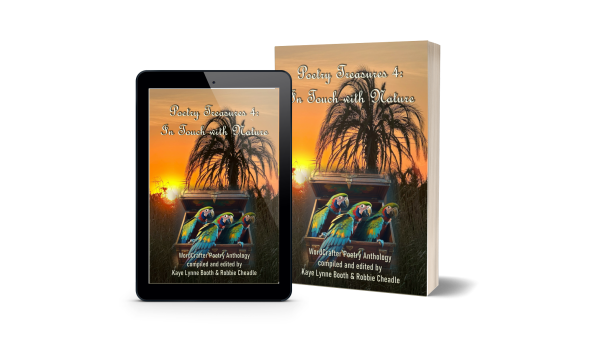
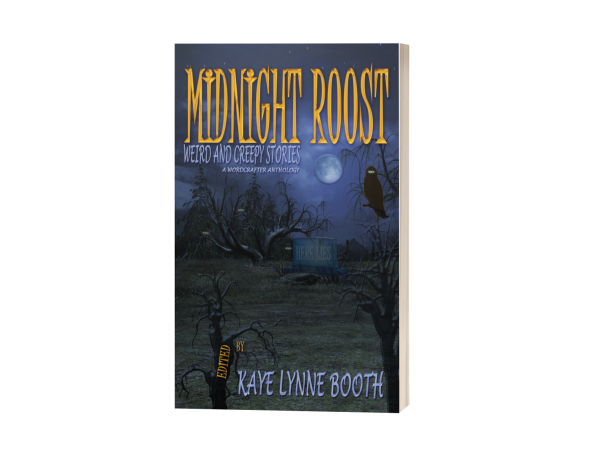



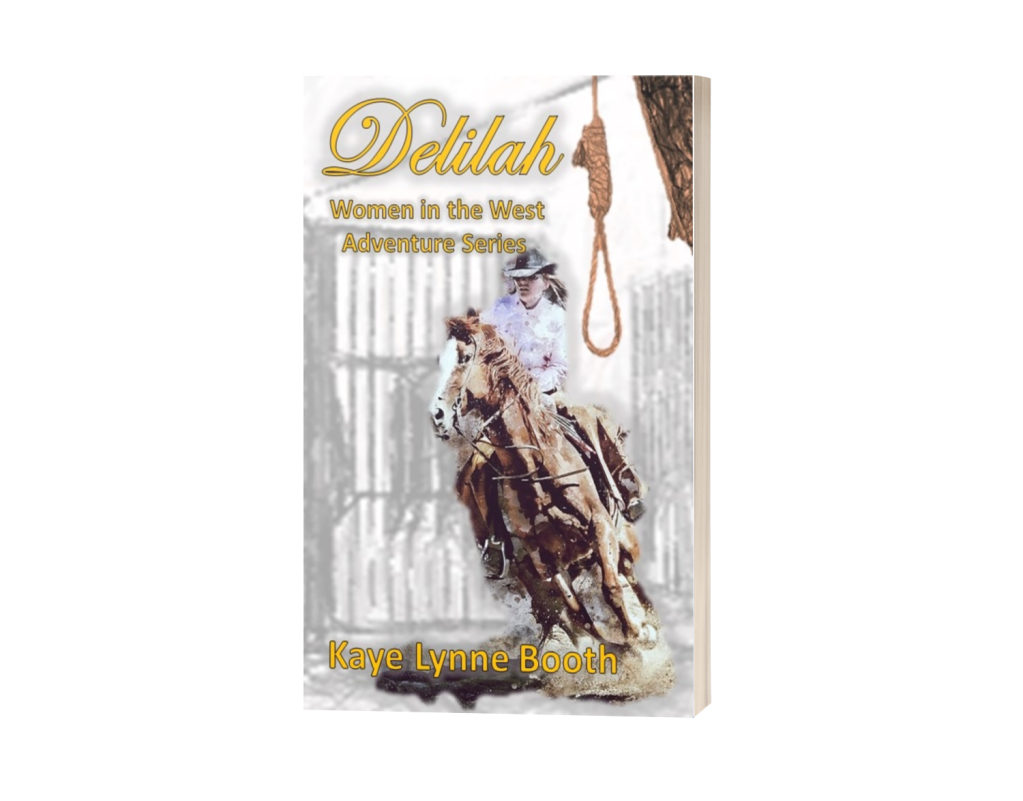
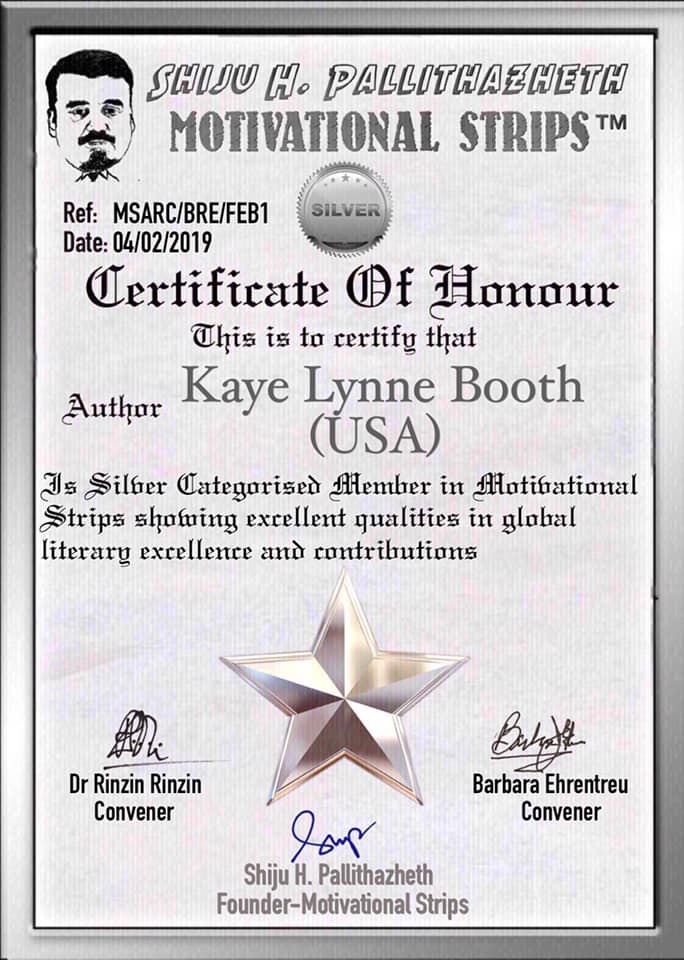
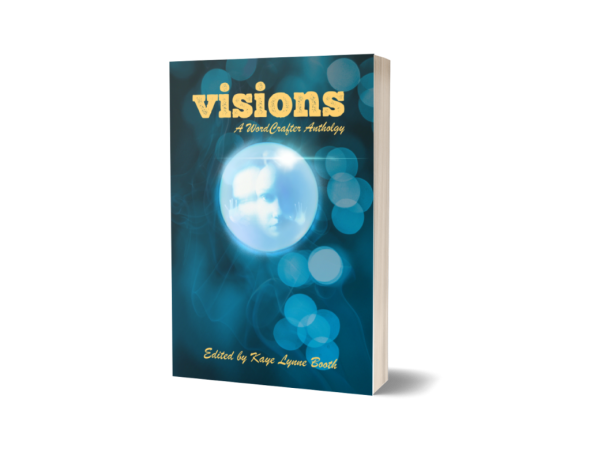


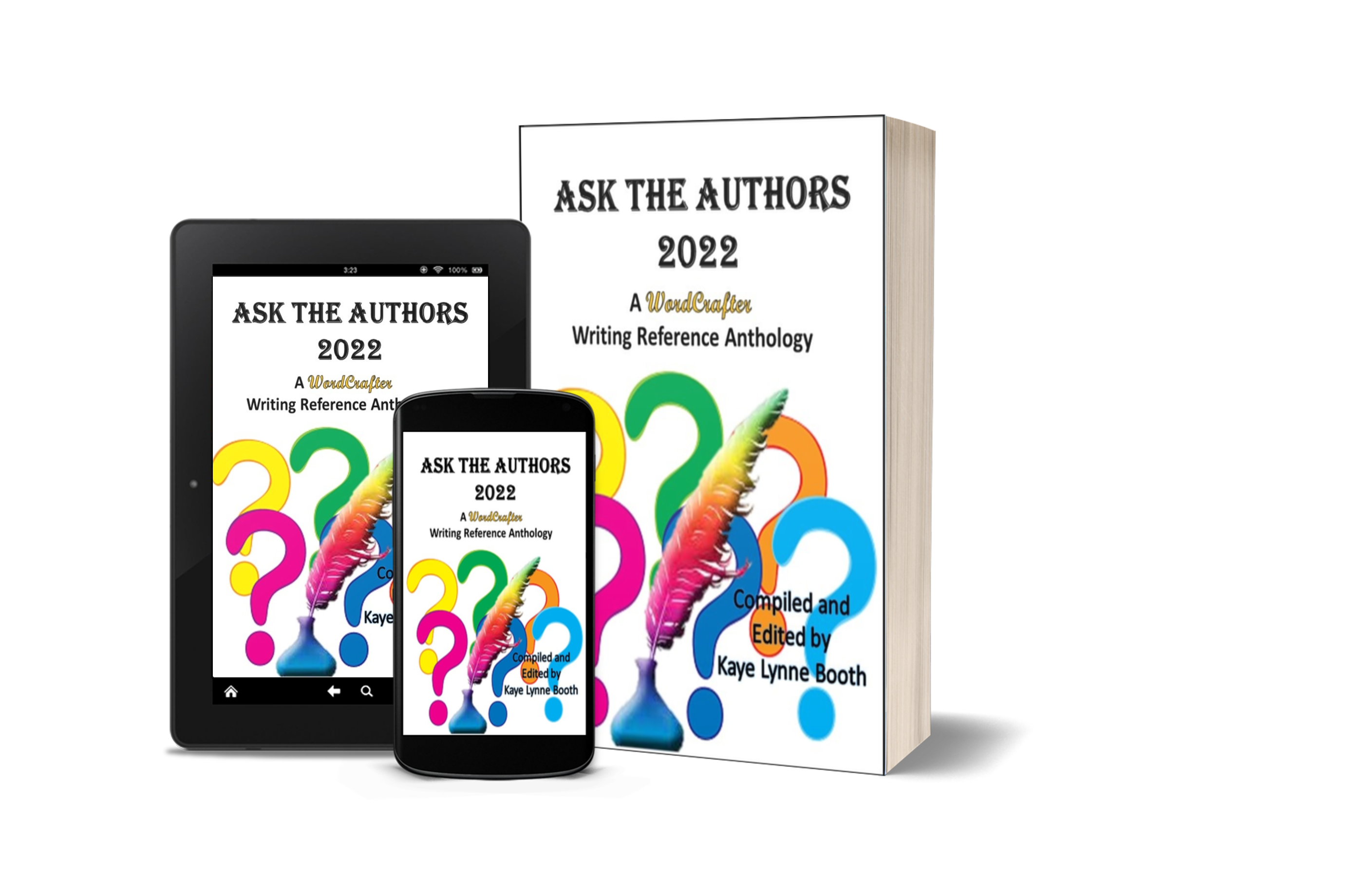
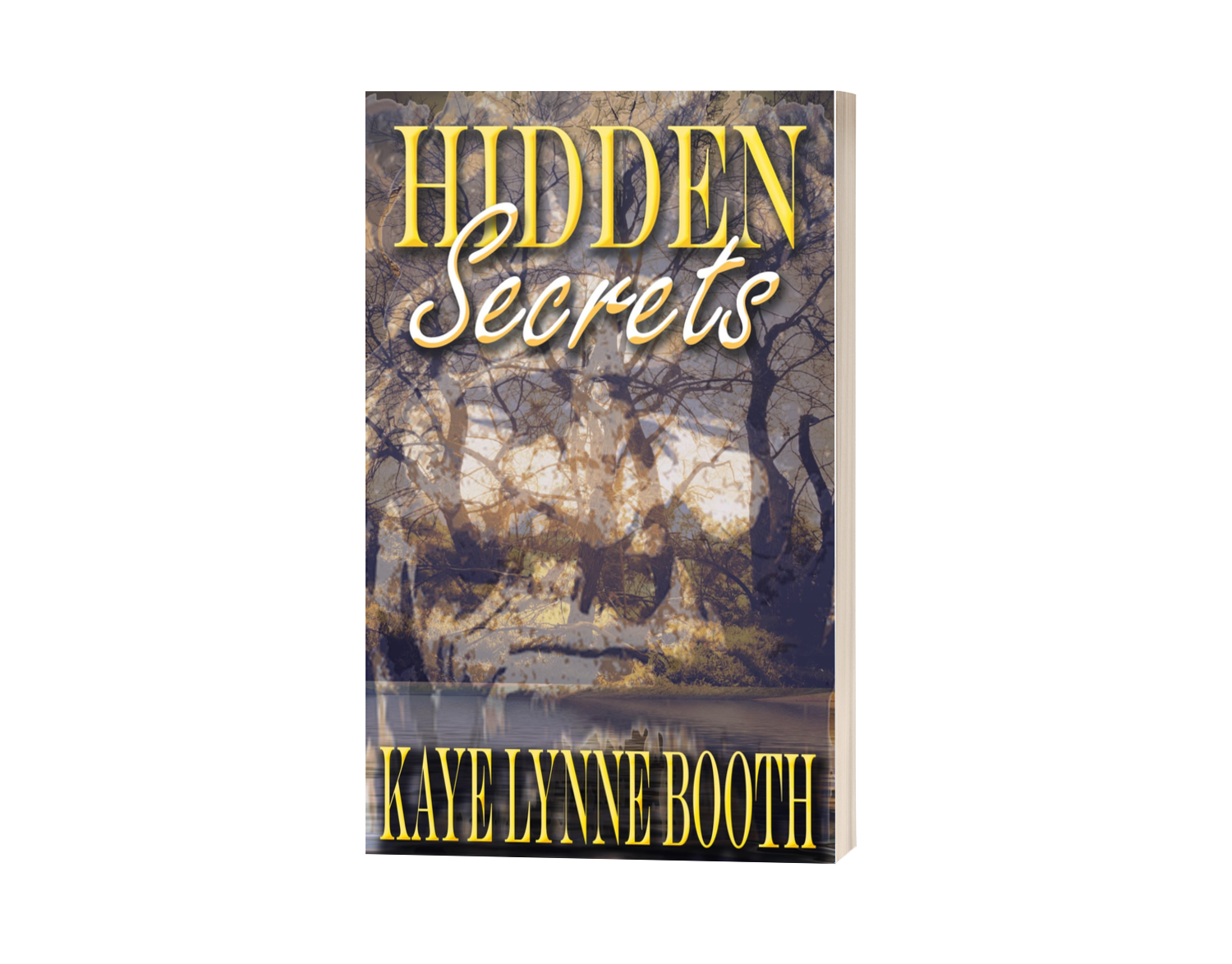
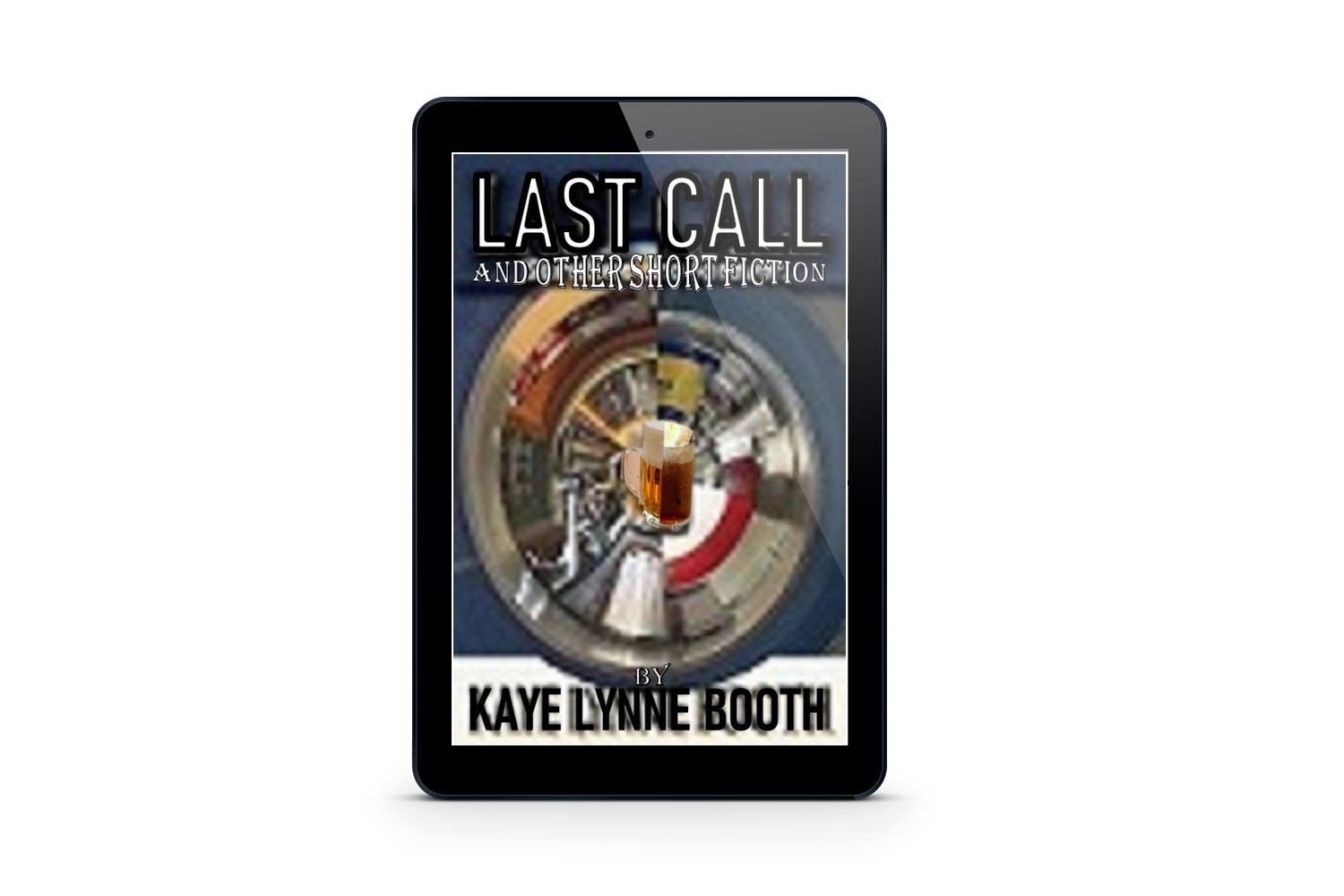
Hi Kaye, thank you for hosting me today with this post. I hope people find it interesting.
LikeLiked by 1 person
I always look forward to your posts, Robbie. They are always well received and I think you chose some excellent topics. Your contributions here are always appreciated.
LikeLike
fascinating. I remember looking back, when I was of the age to be the target audience, I was brought up on Enid Blyton, which are plot driven
To me, that was what a story was about, a plot.
LikeLiked by 1 person
Thank you for reading and commenting.
LikeLiked by 1 person
Not all of Enid Blyton’s books are plot driven, Jim. She also has her girl’s books about life at boarding school (Mallory Towers and St Clare’s), but I do agree that plot is key for post WWII people.
LikeLiked by 2 people
I never read the boarding school books, for me it was the Famous Five and the Secret Seven 🙂
Plus the faraway tree etc
LikeLiked by 1 person
Yes, they were quite girly.
LikeLiked by 2 people
Intentionally so, so it wasn’t something I ever held against her.
LikeLiked by 1 person
I loved good characters.. such as the Famous Five, Black Beauty, Little Women.. it was the people that engaged me. And whilst they might question or go against accepted behaviour from time to time there was little of the disrespect you mention…excellent post Robbie and thanks for hosting Kaye.
LikeLiked by 1 person
Thank you for reading. Your comments are appreciated. Robbie comes up with some great topics. 🙂
LikeLiked by 1 person
She certainly does…x
LikeLiked by 1 person
Thank you, Sally. I am glad you enjoyed this post.
LikeLiked by 2 people
Reblogged this on Robbie's inspiration and commented:
I am over at Writing to be Read with a post about contemporary versus classic books for children. I would love to know your thoughts on this topic. Thank you to Kaye Lynne Booth for hosting me.
LikeLiked by 1 person
Great post and I honestly never though about children’s book like this before. Very interesting to understand all the differences.
I wonder are all the modern books about disrespect of authority? Are there no modern children books with the tone of classic books, that teach respect, character, fearlessness etc..
Enjoyed this post, learnt a lot that I would never have thought about
LikeLiked by 1 person
HI Bella, modern books are not all like this, but there are a number of series that do have this fault (in my opinion). I have read Humphrey the Hamster, Astrosaurs and a number of other modern series that are great for kids. You should try to vet books before you buy the whole series for your child.
LikeLiked by 2 people
Great advise.
LikeLiked by 1 person
Also Sir Chocolate would never be disrespectful or behave badly. 😉
LikeLike
No, Sir Chocolate is a a kind and considerate hero, just like Mr Pink-Whistle by Enid Blyton.
LikeLiked by 1 person
Terrific food for thought. Our parents read to us from day one and each of us children developed a love of reading. We read (and still do) a wide variety of books and other publications.
LikeLiked by 1 person
Thank you, Annette. My mother never restricted what I read but I only had access to library books and books provided by my teacher and my mother’s stash.
LikeLiked by 1 person
Kaye, this is a great guest post by Robbie exploring various children’s literature. It’s a huge and competitive market. Modern day books have to be on the top of their game to succeed. As young I happily read the classics alongside modern books of the era, character and story playing an equal role. My son devoured Horrid Henry and the like which I then read! Hopefully there will always be room and buyers for both contemporary and classic children’s books!
LikeLiked by 1 person
Hi Annika, yes there are loads of great modern books for children. I enjoyed Horrid Henry myself although my son, Greg, did test out some of Henry’s naughty antics at school. There are some that I just don’t really understand, the story line seems non-existent and a jumble of thoughts presented (traditionally published books, I haven’t seen this with Indie books) and there are some that I just won’t buy for my children because I didn’t like the content.
LikeLiked by 2 people
Indeed it is Annika. And there is a lot to be said for the classics. I think that one thing to consider is that many situations the children characters in the classics run into were relate-able for kids in its day, but may seem a little unfamiliar to today’s children, so they may have a harder time relating. Contemporary children’s stories tend to deal with contemporary issues, making it easier to connect with children because they ‘get it’.
LikeLiked by 1 person
I understand what you are saying here, Kaye, and that does make sense to me. I never had a problem relating to Anne from Green Gables or Emily from New Moon but I can see that my son, Michael, relates better to Percy from the Percy Jackson books to Jack and Philip from Enid Blytons Adventure series.
LikeLiked by 1 person
I think children and adults should read both contemporary and classic novels. The characters and lessons in the classics never grow old. It is good for readers to see how people used to live, some of it good and some not so good. We can be glad that children are now treated much better than in the times of Dickens for instance. One of my favourite books was Anne of Green Gables which was also my mom´s favourite book and my daughters. When visiting an elementary school recently many of the children had read it as well. Now there´s a classic that has stood the test of time!
LikeLiked by 1 person
Thank you, Darlene. I love Anne of Green Gables. I also love your Amanda books and lots of other modern works. There are some series, like Diary of a Wimpy Kid, which I don’t particularly like as I think they promote insubordination to authority figures, but that is my personal view.
LikeLiked by 1 person
I do like the classics but often think it’s because I grew up with them. I try to be open-minded–knowing my bias–but it bothers me when they change Huck Finn and complain about Dr. Seuss. I just don’t get it.
LikeLiked by 1 person
Thank you, Jacqui. I also have read both and have enjoyed many modern books. There is a recent trend in some of the books that I don’t like so I avoided those ones.
LikeLiked by 1 person
I really like the definition of classic books you cited. My view on classic versus contemporary books for children is that children should be provided with as wide a range of books as possible to open up new perspectives and ways of seeing the world. What I remember from my childhood reading is that I liked fairy tales, classic children’s books, children’s books that had become dated, and contemporary children’s books because each was a new world to explore and question.
LikeLiked by 1 person
Yes, you are right, Liz. A wide variety of reading material is bound to expose all children to something that appeals to them and the aim is to get them reading.
LikeLiked by 2 people
Reading and, hopefully, talking about what they’re reading with each other and with their parents.
LikeLiked by 1 person
Well, rarely with each other, Liz, as I have one very academic child who only reads classics like Tolkien and the Red Badge of Courage and the other who currently will only read Rick Riordan books, but they do both discuss their reading with me so I have to be up to date on all kinds of children’s books. Michael really enjoyed the Amanda series by Darlene Foster and Janice Spina’s Derek and Davey books.
LikeLiked by 2 people
Thanks to Liz, for reading and commenting. I think that some kind of interaction is a key. When my children were small, I would read to them, of course. When we came across a book that was a favorite, like Murray Sendak’s “Where the Wild Things Are”, we read them so many times that my kids could recite the words even before they were old enough to read themselves, which promoted their reading abilities, as well as making reading a family affair. Sendak has wonderful monster illustrations, which could be viewed as a little scary by a child, but he puts them in context of a story that is really fun to read, and my kids always loved this story. They even begged to share with their cousins while camping, and since we didn’t have the book with us, they helped me to recite it from memory, with each taking portions of the story on, It was a lot of fun. My children are all grown with children of their own now, but they still have memories around the stories that we red and they now share them with their kids. 🙂
LikeLike
What would you recommend for a precocious reader in the 5th grade? He read all the Tolkien and Harry Potter books in the third grade, so I’m at a bit of a loss. I’m getting his 2nd grade brother The Poet’s Dog.
LikeLiked by 1 person
Hi Liz,
May I suggest any of the novels written by Barb and J.C. Hendee? There are several fantasy series authored by them. In the fifth grade, these were my son’s favorite authors and he really enjoyed all of their books. You might also check out the Y.A. books by Carol Riggs, which you can learn more about in Monday’s “Chatting with the Pros” interview. I highly recommend them.
LikeLiked by 1 person
Thank you for the recommendations!
LikeLiked by 1 person
Thank you for sharing your thoughts, Kaye. When Michael was three, he was addicted to The Wishing Chair and the Enchanted Wood series by Enid Blyton. He knew them by heart and so did I. It was a great time.
LikeLiked by 2 people
it seems as if there are good books to choose from, whether contemporary or classic. By the way, I loved seeing mention of The Count of Monte Cristo, perhaps my all-time favorite book!
LikeLiked by 1 person
Hi Jim, thanks for popping in. I am planning to listen to the audio book of The Count of Monte Cristo next on my audio book TBR. I have read it before but a while ago. My all time favourite classic is Dracula followed closely by War of the Worlds.
LikeLiked by 1 person
Excellent post! I think you are right on target, Robbie. I’m glad you divided the classics into two, with fairy tales as it’s own category. As to modern day, it makes sense that plot is a bigger factor, because the world today is far more sophisticated. Still, the classics live on because children haven’t changed. Only the world around them has changed. They still need and crave stories of people and character, like the classics. I am pleased to say that the best modern, plot driven books have that.
LikeLiked by 1 person
Hi Jennie, yes, you are right about that. The plots are good in contemporary books and often the characterisation is wonderful too. I am so pleased you added your valuable thoughts here. Michael listed to your rendition of The Poet’s Dog and really enjoyed it.
LikeLiked by 2 people
It was a pleasure, Robbie. I’m so glad Michael enjoyed my reading The Poet’s Dog!
LikeLiked by 1 person
[…] also looked at the pros and cons of classic vs. contemporary children’s fiction on “Growing Bookworms“, and Jeff Bowles took a look at Disney’s new video streaming service, Disney+, on […]
LikeLike